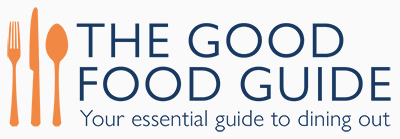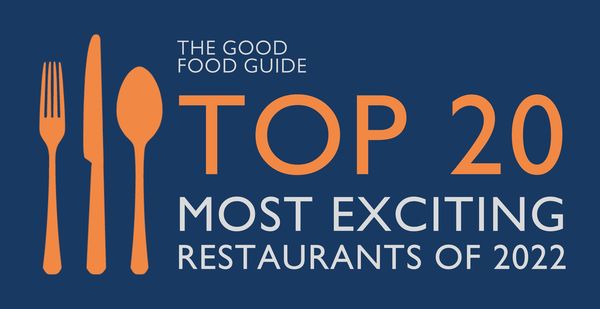I’ve always been horrendous at maths. Percentages, fractions – no thanks. When I took over The Good Food Guide and started to speak to its esteemed editor, Elizabeth Carter, the topic of scoring came up. Those of you familiar with the Guide will be aware that restaurants received a cooking score from 1-10 where 1 represented capable cooking with ‘some inconsistencies’ and 10 meant a ‘show of faultless technique at every service’ and was the highest accolade the Guide could give.
As a numerically challenged youngster, the idea of getting 1 out of 10 reminds me of my maths scores and implies a fail. Yet getting such a score in the old version of the Guide qualified as a pass and was a positive thing.
This structure didn’t sit right with me. It was confusing and let’s face it, for most of us, did the difference between a 4, 5 or 6 really matter? A detailed review of the food, ambiance and overall hospitality, along with the pricing, is far more relevant and useful.
Our aim is to keep the Guide going for another 70 years so looking at how restaurants are judged is of the utmost importance. Earlier this year we met with our expert inspectors and agreed it was time for an overhaul. The result was a simplified and modernised scoring system.
Entries to The Good Food Guide will now be rated ‘Good’, ‘Very Good’, ‘Exceptional’, or ‘World Class’. Very few will manage the latter but it’s a marker of how far Britain has come when it comes to food. To determine this overall rating, inspectors will judge against four metrics: uniqueness, deliciousness, warmth, and strength of recommendation. [You can find a detailed breakdown here].
Our changes mark a departure from heralding fine dining as the pinnacle of achievement and promote a more democratic and egalitarian assessment of ‘good food’ in Great Britain. There’s no reason a beach hut, fish and chip shop or a local café can’t qualify, so long as they meet the criteria.
As far as usability is concerned, The Good Food Guide app, where you’ll find the full reviews, will be updated regularly. You’ll be able to filter, search and browse a map in a far more comprehensive and interactive way than the print Guide was ever capable of doing.
Ultimately, choosing somewhere to dine can often be a tricky task and the internet is often the worst place to look. I hope by evolving the way the Guide scores venues, we are not only making the process a far more straightforward task, but an efficient and enjoyable one.
Our mission is to make sure you never have a bad meal out again. If that’s not worth £29.99, I’m not sure what is.










